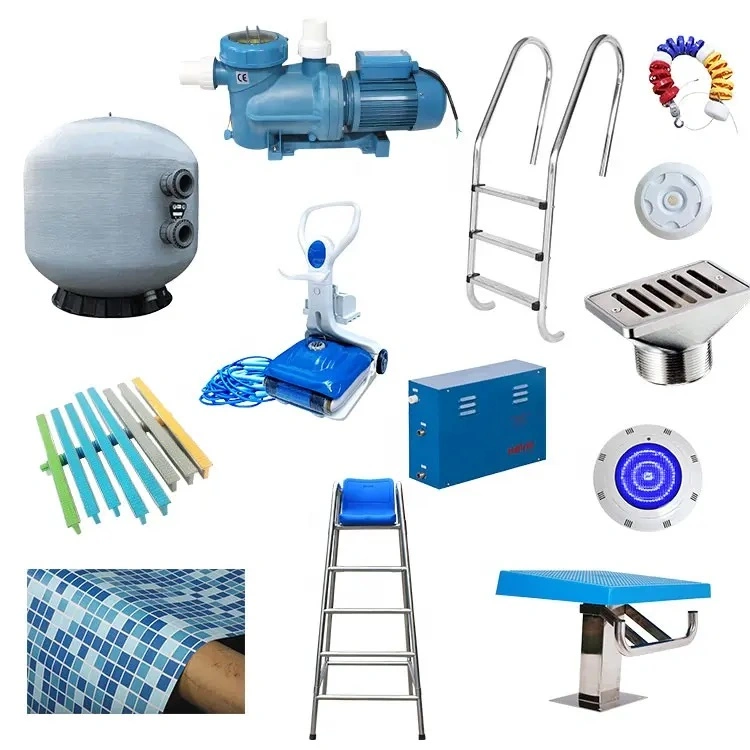Low Temperature Ball Valves: Essential Components for Cryogenic Applications
# Low Temperature Ball Valves: Essential Components for Cryogenic Applications
Low temperature ball valves are critical components in industries where cryogenic applications are prevalent. These specialized valves are designed to operate efficiently in extremely cold environments, ensuring the safe and reliable control of fluids at sub-zero temperatures.
## Understanding Low Temperature Ball Valves
Low temperature ball valves are engineered to handle the unique challenges posed by cryogenic conditions. Unlike standard ball valves, these valves are constructed with materials and designs that can withstand the extreme cold without compromising performance. The primary function of a ball valve is to control the flow of fluids by rotating a ball with a bore through it. In low temperature applications, this mechanism must remain functional even when exposed to temperatures as low as -196°C (-320°F).
### Key Features of Low Temperature Ball Valves
Several features distinguish low temperature ball valves from their standard counterparts:
– **Material Selection**: These valves are typically made from materials such as stainless steel, which retains its strength and ductility at low temperatures. Other materials like brass and bronze are avoided due to their brittleness in cryogenic conditions.
– **Extended Bonnet Design**: To prevent the stem from freezing, low temperature ball valves often feature an extended bonnet. This design keeps the stem seals at a higher temperature, ensuring smooth operation.
– **Specialized Seals**: The seals used in these valves are made from materials like PTFE (Polytetrafluoroethylene) or other elastomers that remain flexible and effective at low temperatures.
– **Thermal Insulation**: Some low temperature ball valves are equipped with thermal insulation to minimize heat transfer and maintain the integrity of the valve components.
## Applications of Low Temperature Ball Valves
Low temperature ball valves are indispensable in various industries where cryogenic fluids are handled. Some of the key applications include:
– **Liquefied Natural Gas (LNG) Industry**: These valves are used in the storage, transportation, and processing of LNG, which is stored at temperatures as low as -162°C (-260°F).
– **Cryogenic Research**: Laboratories and research facilities that work with liquid nitrogen, helium, and other cryogenic gases rely on these valves for precise control.
– **Medical and Pharmaceutical Industries**: Cryogenic gases are used in medical applications such as cryosurgery and the preservation of biological samples. Low temperature ball valves ensure the safe handling of these gases.
– **Aerospace Industry**: The aerospace sector uses cryogenic fluids for rocket propulsion and other applications, where reliable valve performance is crucial.
## Benefits of Using Low Temperature Ball Valves
The use of low temperature ball valves offers several advantages:
– **Reliability**: These valves are designed to operate reliably in extreme conditions, reducing the risk of failure and ensuring continuous operation.
– **Safety**: The robust construction and specialized materials used in low temperature ball valves enhance safety by preventing leaks and ensuring proper fluid control.
– **Efficiency**: By maintaining their performance at low temperatures, these valves contribute to the overall efficiency of cryogenic systems.
– **Durability**: The materials and designs used in low temperature ball valves ensure long-term durability, even in harsh environments.
## Conclusion
Low temperature ball valves are essential components in cryogenic applications, providing reliable and safe control of fluids at extremely low temperatures. Their specialized design and materials make them indispensable in industries such as LNG, cryogenic research, medical, and aerospace. By understanding the key features and benefits of these valves, industries can ensure the efficient and safe operation of their cryogenic systems.
Keyword: low temperature ball valves
